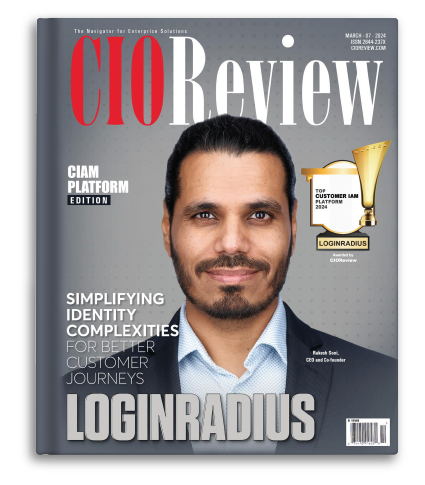What is Standard Login
Standard Login is a fundamental component of the Login method, which allows you to provide your consumers with a seamless authentication flow by leveraging a unique ID (Email or Username) and password. It consists of features like Registration, Login, Customer Profile, and Password Management.
It is the simplest and quite basic authentication system available in the traditional local authentication method.
In Standard Login, you need to provide email/username and password information for each authenticatable user collected locally on the server system. The user then sends their usernames and passwords in plain text format to the server system, which compares their information with its local database. If the provided credentials match, the user is successfully authenticated.
This is the model used for login authentication on traditional multi-user systems, and it has been replicated numerous times within various applications.
Why Should You Use Standard Login
Standard Login is an essential aspect of website authentication. It focuses on the user and computer interactions. As a result, user authentication is critical to understand when creating or improving a website's login procedure.
Whether you want to increase your internal security, improve consumer acquisition or provide a better user experience for individuals exploring your site, it's essential to know how user authentication fits into the equation.
That's why we've created this guide. This way, organizations can understand:
With a better security perspective, your organization can look into more robust registration and login processes that move beyond the traditional offerings.
Additionally, when you get a full scenario of the different user authentication types, you will see that passwords are not the only option for your website and learn more about top passwordless alternatives.
Most users are familiar with passwords as it has been used for user authentication since the beginning of the internet. You probably have several passwords for yourself!
A password dependent user authentication process generally look like as given below:
- You will be asked to input your username and password.
- After that, your credentials will be sent to the website's server, and they will be compared with the information they have on records.
- Once a password match is found, you will be able to access your account.
Passwords are mainly used to secure personal accounts for social media profiles (Facebook, Google, etc), eCommerce sites, online banking, and other online resources.
However, passwords are not considered a very secure option as many users think they can be predicted or hacked, and damage can be done if a hacker gains access to one of these accounts!
How is Standard Login Useful For Business
When a user authenticates a security process, it requires the user to register and log in. In other words, authentication asks users, "Confirm your identity?" and verifies their response.
The user authentication process essentially allows users to repeat access to their accounts while blocking unauthenticated user access. This means that User X can log in to their account, while User Y would be denied access. Conversely, User Y could access their account, while User X would be unable to.
If the user needs access, they must provide valid credentials and prove to the website that they are an authorized user. The User ID and Password key are enough to confirm the User's identity, which will allow the system to authorize the User.
When a match is detected, the system will authenticate users and give them access to their accounts. If a match isn't found, users will be prompted to try their credentials again.
Upon several failed attempts, the account may be flagged for suspicious activity or require additional authentication methods such as a reset password or a one-time password.
User authentication is crucial because it keeps unauthorized users from gaining access to sensitive information. X strengthened authentication process guarantees that User X only has access to the information they need and can't see User Y's sensitive data.
It's always important to note that authorization, on the other hand, is what dictates what users can access and do after they log in.
While authentication and authorization are often used interchangeably, these two different terms work together to create a secure login process.
User authentication has the following tasks:
- Manage the connection between the User and the server.
- Verify the User's identifications.
- Verify the authentication so the system can move to authorize the User.
The process is simple; users input credentials on the login form. That information is carried to an authentication server, where the data is compared with user credentials on the available record.
Tips to Improve Standard Login
If you want your login process to be more robust, user-friendly, or a combination of both, these best practices can help.
Encourage users to build stronger passwords to improve security. Businesses should encourage users to create more effective passwords and enforce these guidelines internally so that employees manage secure accounts.
- More distant passwords are more secure. Security experts recommend that you create passwords with a least of 8 characters, but we suggest that you keep the length to 12 characters.
- Passwords should have a combination of characters. Passwords with a random combination of numbers, uppercase, and lowercase letters, and symbols are harder to crack.
- Avoid using formulas when producing passwords. Patterns and formulas make it convenient for hackers to guess your password and can allow users a false sense of security.
Always use these do's and don'ts as a way to strengthen your user authentication practices.
Conclusion
A consumer's standard login accounts help them manage their data securely and put them in the driver's seat. They can easily deal with their data by using the credentials.
When organizations let consumers see and regulate their data, it builds trust with consumers, which fosters transparency about what data is collected by an organization.
Also, login is incredibly important for enterprises. Consumers want to have everything within their system securely, which means facilitating a sign-up that works with the enterprise's login necessities.
Cheers!








